Retro Replay Review
Gameplay
Bedlam revives the classic text‐adventure blueprint with a modern twist: every playthrough changes key elements of your escape route. You begin by waking up in a locked mental ward, armed only with your wits, a handful of found objects, and a cast of eccentric “inmates” and staff. Commands like “GO WEST,” “GET THE KEY,” or even shorthand inputs such as “W” or “N” drive the interaction, yet the real magic lies in how your choices shape the story’s unfolding. Do you trust the patient who insists he’s Houdini, or the orderly who might be an inmate in disguise? Each decision leads you down new hallways and unlocks different puzzles.
(HEY YOU!! We hope you enjoy! We try not to run ads. So basically, this is a very expensive hobby running this site. Please consider joining us for updates, forums, and more. Network w/ us to make some cash or friends while retro gaming, and you can win some free retro games for posting. Okay, carry on 👍)
Interacting with characters who believe they’re historical legends—Houdini, Picasso, Merlin—adds layers of both humor and challenge. These personalities aren’t mere flavor text; they actively assist (or mislead) you based on your rapport. Convincing “Picasso” to sketch a master key or persuading “Merlin” to conjure an escape route can be the difference between freedom or another night trapped in a padded cell. This interplay of dialogue and inventory‐based puzzles gives Bedlam a dynamic quality that encourages multiple attempts.
The parser is straightforward yet unforgiving. While it recognizes most common verbs and nouns, you’ll need to experiment with phrasing to uncover hidden solutions. Clues are peppered throughout room descriptions and NPC banter, so reading carefully is essential. Veteran interactive fiction fans will appreciate the nostalgia, while newcomers can dive in with a minimal learning curve. Ultimately, the blend of branching paths, witty character interactions, and cleverly concealed items makes each escape feel personally crafted.
Graphics
As a pure text adventure, Bedlam dispenses entirely with traditional visuals. There are no rendered environments, no character animations, and no background music—just rich, descriptive prose. The game’s “graphics” exist in your imagination, guided by carefully constructed paragraphs that paint the mental ward’s corridors, the patients’ quarters, and every ominous locked door. This minimalist presentation may feel stark at first, but it allows your mind to fill in details, creating a uniquely immersive experience.
Room descriptions and character dialogue often include subtle hints—an uneven floorboard here, a cufflink glinting under a lamp there—that double as puzzle cues. Since you can’t rely on pixel-perfect art to point out hidden items, you become an active reader, parsing each line for possible interactions. This text‐only approach has a nostalgic charm reminiscent of early 1980s interactive fiction, yet the writing remains concise and punchy by modern standards.
While some players might miss atmospheric sound effects or visual flair, Bedlam’s strength lies in its literary approach. The lack of graphical bells and whistles keeps the focus squarely on puzzle design and narrative twists. For those who relish the power of written word to evoke mood and tension, Bedlam’s text‐only interface is a feature, not a drawback.
Story
From the moment you awaken in the ward, Bedlam frames your plight with unexpected wit and psychological depth. You never truly know who among the staff or inmates is genuine, and this uncertainty fuels every decision. Characters who claim legendary identities blend historical anecdotes with delusions of grandeur, creating vibrant personalities that linger long after you solve their riddles. Watching “Picasso” passionately sketch locks or hearing “Merlin” wax poetic about arcane escape spells turns a simple confinement puzzle into a character‐driven drama.
The core narrative—escaping the asylum—serves as a springboard for commentary on trust, perception, and the fine line between genius and madness. Each time you reroute through the ward, new clues and dialogue options emerge, revealing fresh psychological layers to your companions. Their conversations with each other can spark revelations, silly banter, or unexpected puzzle solutions, making the story feel alive rather than static script text.
Despite its succinct premise, Bedlam deftly balances tension and humor. Moments of genuine suspense—sneaking past an overzealous orderly or cracking a code under time pressure—are interspersed with comedic relief, like a self-proclaimed Houdini dramatically explaining why he can’t pick a lock without his trusty shims. This tonal blend keeps the narrative engaging from start to finish.
Overall Experience
Bedlam stands out as a standout example of modern interactive fiction, marrying classic text‐parser gameplay with memorable characters and replayable scenarios. The absence of graphics might deter some players, but those who appreciate clever puzzles and engaging writing will find themselves hooked. Escaping the ward feels like solving a living puzzle, where each clue unearthed is a testament to your observation and reasoning skills.
Replay value is high: every new game shuffles key item placements, dialogue options, and character motivations. You may trust “Merlin” on your first run and end up thwarted by a hidden trap, only to discover on a subsequent playthrough that “Picasso” holds the real key (literally). This unpredictability encourages experimentation, making each escape attempt feel fresh rather than formulaic.
Whether you’re a longtime fan of text adventures or a newcomer curious about interactive storytelling, Bedlam offers a concise yet thoroughly engaging experience. Its blend of psychological intrigue, witty character interactions, and dynamic puzzles delivers hours of entertainment. For anyone seeking a cerebral challenge wrapped in a quirky mental ward escape, Bedlam is well worth the journey.
 Retro Replay Retro Replay gaming reviews, news, emulation, geek stuff and more!
Retro Replay Retro Replay gaming reviews, news, emulation, geek stuff and more!
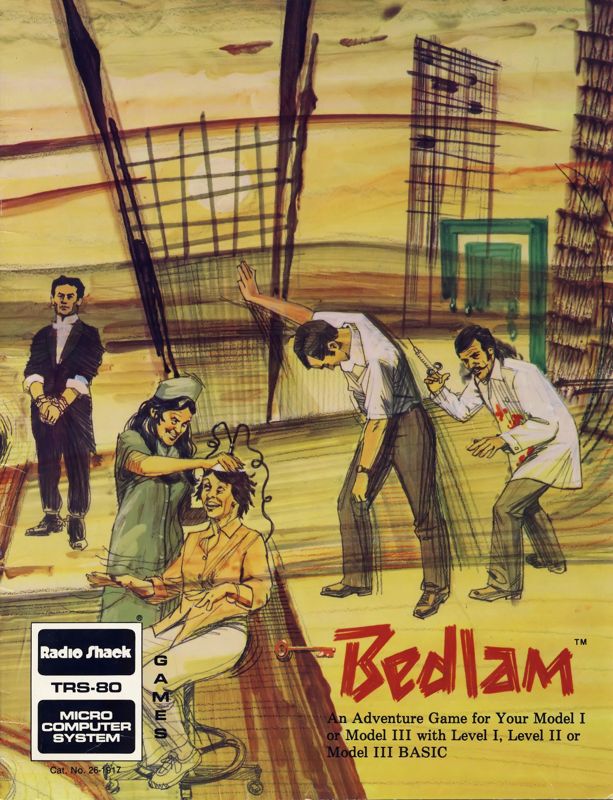
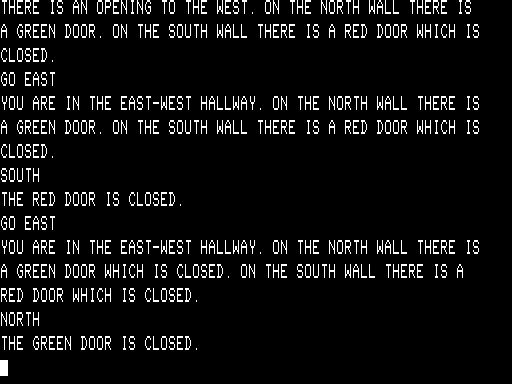
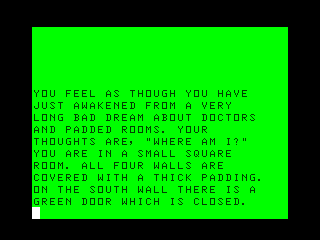
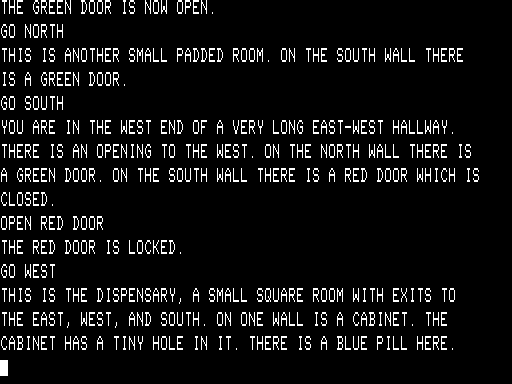
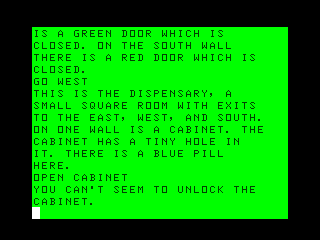
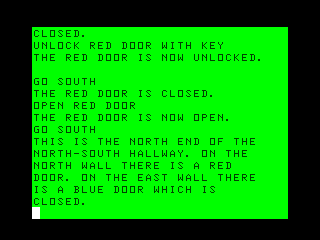
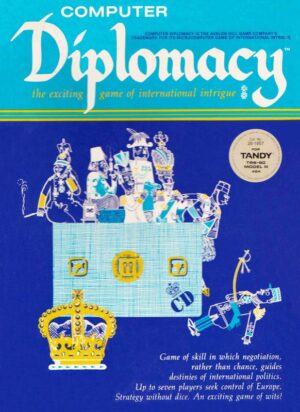


Reviews
There are no reviews yet.